How microscopic ‘condensates’ in cells might contribute to autism
A controversial idea about how cells compartmentalize their contents into droplets — like beads of oil in water — could be key to understanding autism, says Julie Forman-Kay.

A controversial idea about how cells compartmentalize their contents into droplets — like beads of oil in water — could be key to understanding autism, says Julie Forman-Kay.

On Cayo Santiago island, scientists track the alliances and power struggles of a colony of feral monkeys — collecting data to generate new insights into the social challenges that people with autism face.
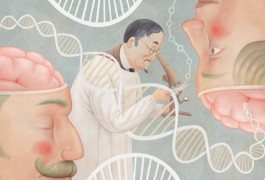
Two seemingly similar mutations in the SHANK3 gene have divergent effects on the brain and behavior.
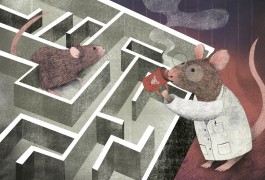
Many people with autism have trouble interpreting and responding to social cues. Studying how rats learn from each other can provide insights into the human social brain, says Amiel Rosenkranz.
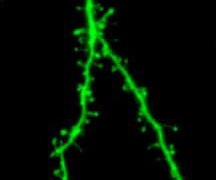
The SHANK family of proteins, some of which are strong autism candidates, work together to facilitate brain signaling, according to unpublished results presented yesterday at the 2014 Society for Neuroscience annual meeting in Washington, D.C.
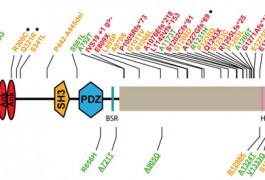
About 2 percent of people who have both autism and intellectual disability carry harmful mutations in SHANK3, a protein that helps organize the connections between neurons, according to a study published 4 September in PLoS Genetics.
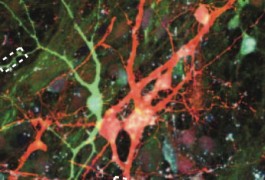
A new stem-cell model of Phelan-McDermid syndrome points to a possible treatment for the rare autism-related disorder, according to a study published in Nature.
Geneticists react to discoveries and identify next steps for one of autism’s most promising candidate genes.
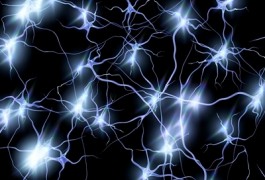
SHANK3, one of the strongest candidate genes for autism, has the potential to be a molecular entry point into understanding the synaptic, developmental and circuit origins of the disorder.
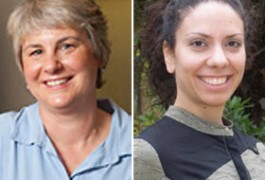
To focus the search for environmental risk factors in autism, we should look for chemicals that influence the molecular pathways associated with candidate risk genes, say Pamela Lein and Marianna Stamou.